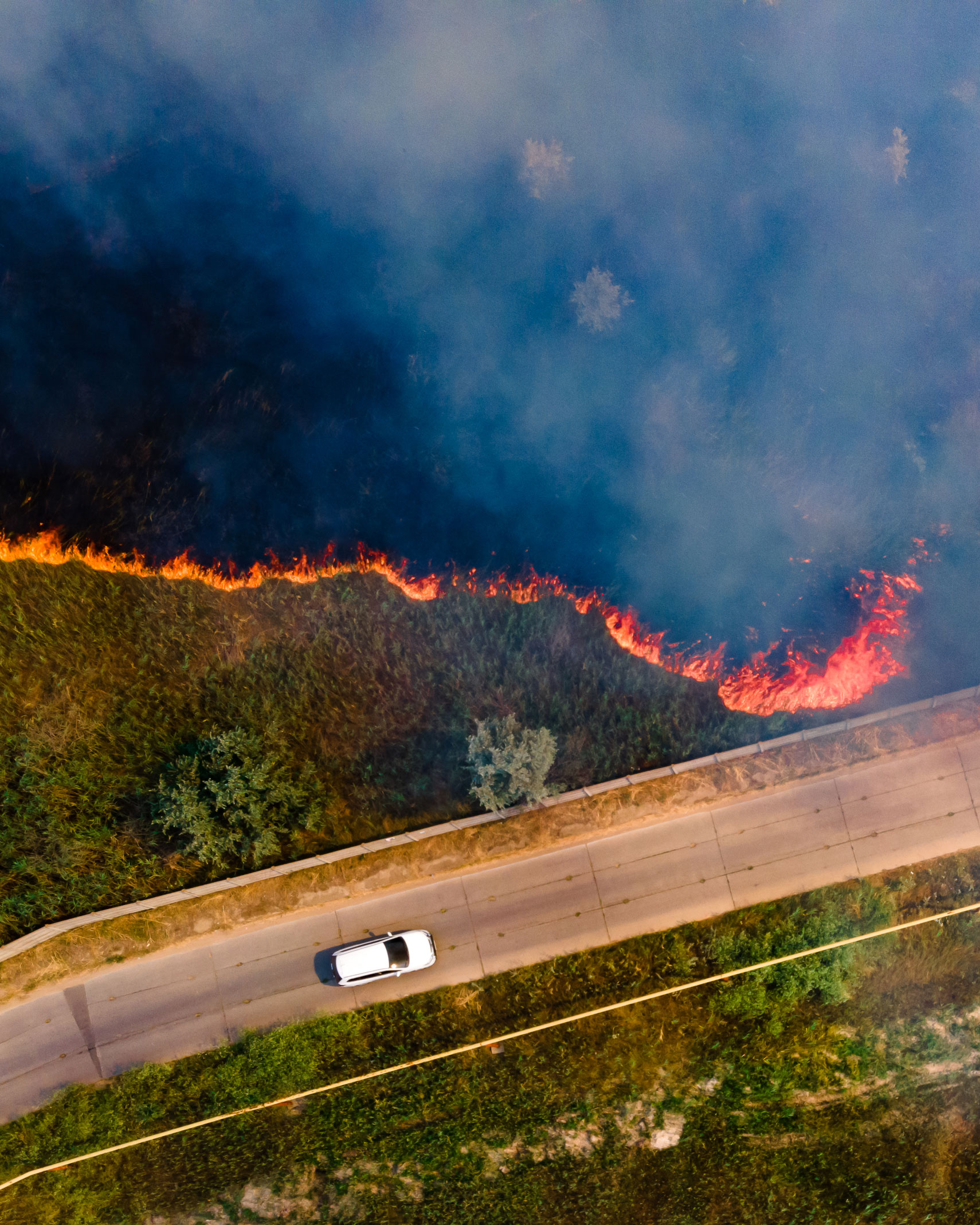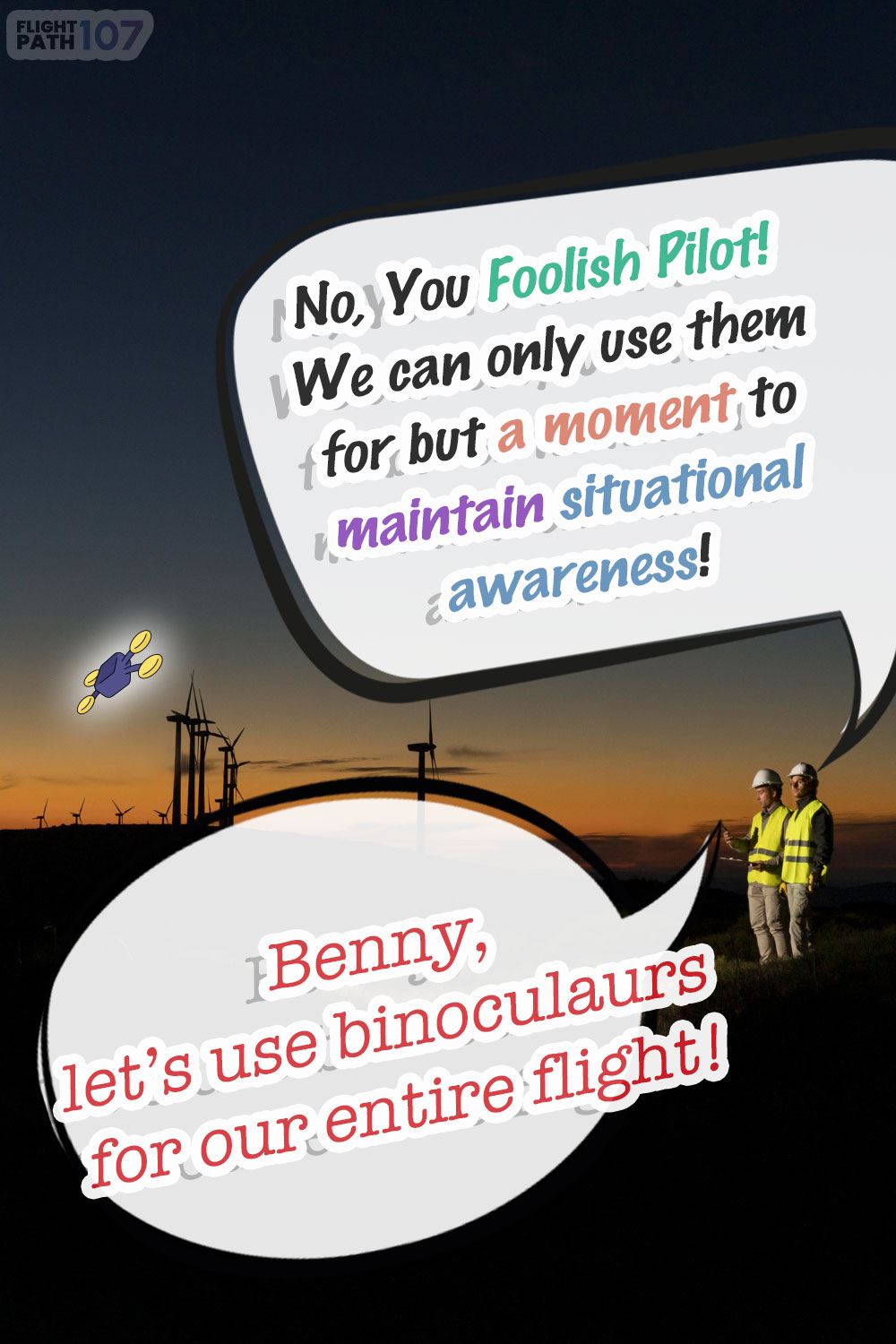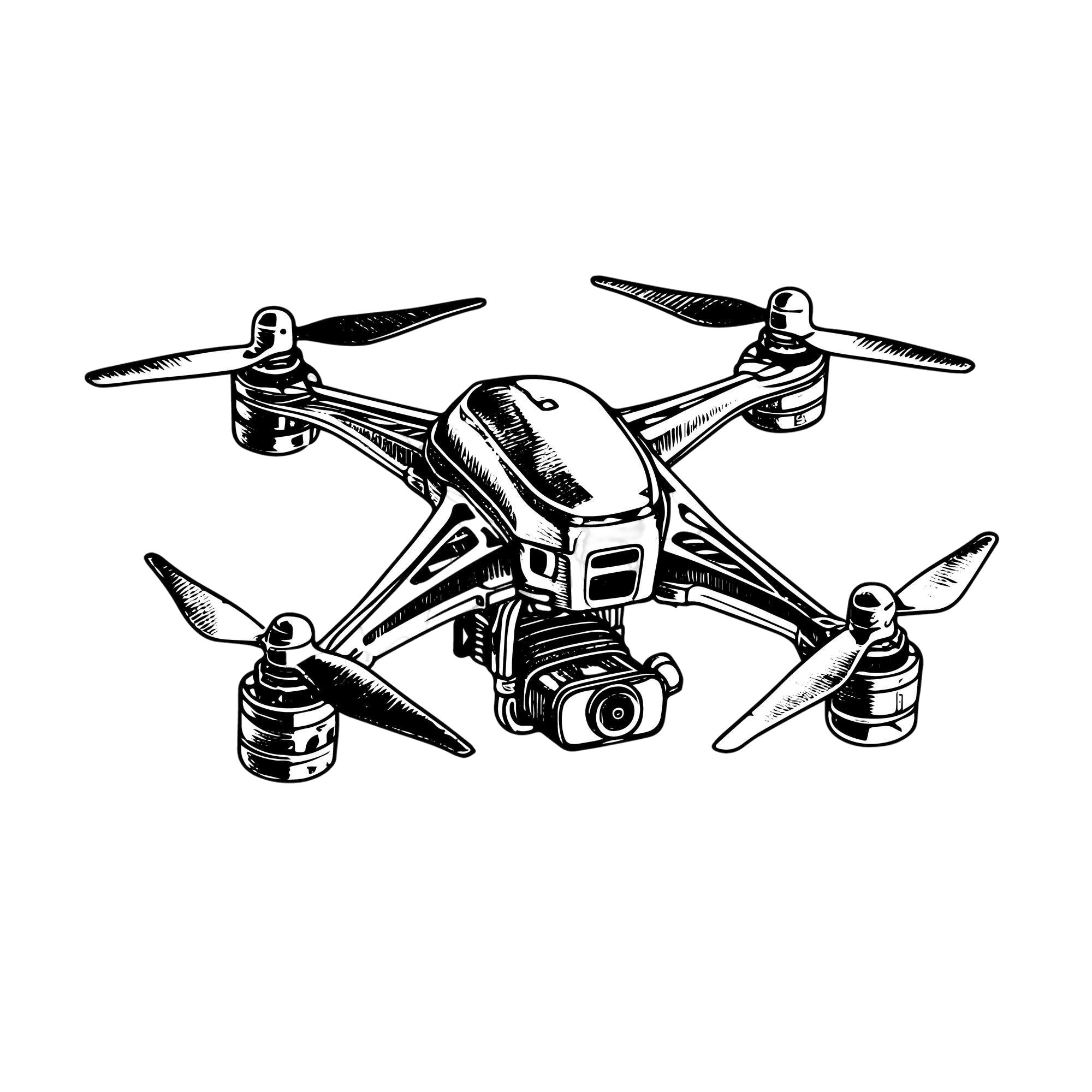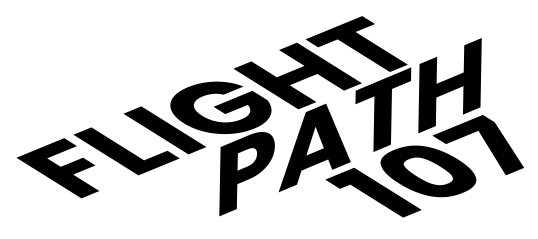Maintaining sUAS
Visual Line of Sight
Defining Visual Line of Sight
VLOS refers to the ability of the remote pilot in command to see the drone with unaided vision throughout the entire flight operation.
The 2 Tenants of Visual Line of Sight:
Continuous Visual on Drone
Keeping constant visual contact at all times during flight is vital not only for controlling the drone but also for scanning the airspace to spot potential risks.
Clear and Unobstructed Views
The visual line of sight must be clear and unobstructed, ensuring no physical barriers, buildings, or obstacles impede the pilot’s ability to see and manage the drone.
Use of Visual Observer Requirements
The remote pilot may enlist a visual observer to assist in maintaining VLOS. The observer must maintain direct communication with the remote pilot and share the responsibility for maintaining visual line of sight.
Remote PICs Drone Transfer Control Requirements
The remote PICs must maintain visual line of sight of the drone throughout the entire transfer process, and complete the transfer without loss of control.
What You Can (and Can’t) Use to Maintain VLOS
Seeing the Drone: Tools That Support (But Can’t Replace) VLOS
Enhancing Situational Awareness
Drone pilots cannot rely on binoculars or FPV cameras to maintain Visual Line of Sight (VLOS). These tools are not approved for primary visual contact with the aircraft.
However, they may be used momentarily to enhance situational awareness—such as checking nearby airspace or obstacles—as long as the pilot does not lose direct, unaided visual contact with the drone.
The pilot must maintain continuous, unobstructed, unaided visual observation of the drone throughout the flight to remain compliant with Part 107 regulations.
❌ First Person View Cameras – Not allowed for VLOS
Using a First Person View (FPV) camera—through goggles or a remote screen—is not permitted for solo commercial operations under Part 107. This is because FPV systems do not allow the pilot to maintain direct, unaided visual line of sight (VLOS) with the drone, which is a strict requirement under FAA regulations. Maintaining unaided visual contact ensures the pilot can safely monitor airspace, avoid obstacles, and respond to unexpected situations in real time.
❌ Binoculars – Not allowed for VLOS
Using binoculars to maintain visual contact with the drone does not meet FAA Visual Line of Sight (VLOS) requirements. Under Part 107, the pilot must be able to see the aircraft with unaided vision, except for corrective lenses like glasses or contacts. Binoculars are not allowed because they can distort depth perception and create a false sense of distance, making it harder to accurately judge the drone’s position, movement, and surrounding airspace.
*You may use binoculars to momentarily aid/enhance in situational awareness.
✅ Corrective Lenses (Glasses/Contacts) – Allowed when maintaining VLOS
Part 107 allows corrective lenses (i.e. eye glasses) for the crew, including the remote Pilot-in-Command and visual observers.
Temporary Obstruction of Visual Line of Sight (VLOS)
Under Part 107, the Remote PIC must maintain continuous, unaided visual contact with the drone throughout the flight.
However, momentary and brief loss of VLOS is permitted only when it occurs due to an uncontrollable obstruction, such as passing behind a thin column of smoke or a nearby structure—as long as the Remote PIC maintains situational awareness and can quickly regain visual contact.
This exception does not allow extended or planned flight beyond visual line of sight. The pilot must be able to see the drone again immediately after the brief obstruction is cleared, and safety must remain the top priority.
Field Examples

While conducting a drone search operation at an active fire site, the Remote PIC experiences a brief loss of visual line of sight as the drone passes behind a thick column of smoke.
Because the obstruction is temporary and unavoidable, and the crew maintains situational awareness throughout, the operation remains compliant with Part 107. The drone is safely guided back into visual range, with safety and mission objectives still fully prioritized.

Your boss and the Remote PIC has just arrived at their flight mission location, where they are to use an sUAS to inspect high voltage powerlines.
Due to muddy conditions, they are unable to follow the aircraft closely, and begin explaining, “I might just use binoculars continuously to maintain visual contact throughout the entire operation.“
You, a crewmember, tell your boss, with the conviction of a recruit ready to show their promise, “Boss, that’s a no-go. It violates Part 107; we can only use binoculars briefly to boost awareness, not throughout the whole operation. Let’s keep it compliant for a safe and successful mission.“




